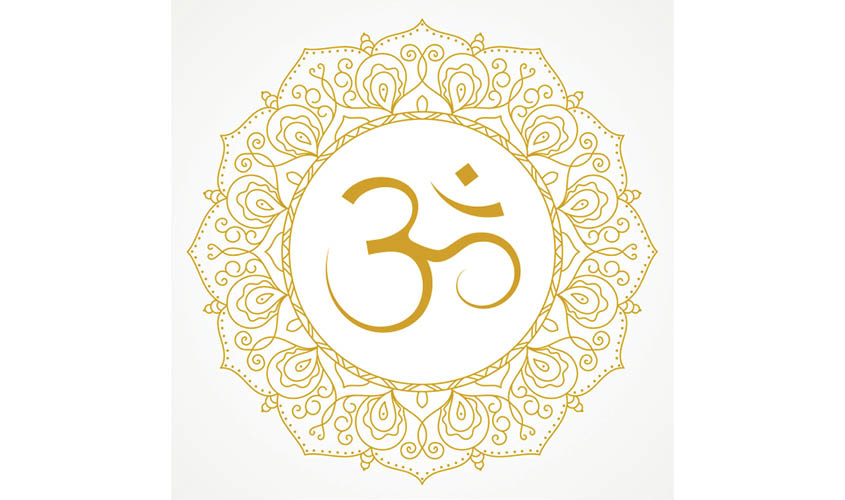The continuing disconnect from ancient tradition of the three holy sites is creating an invisible sense of victimhood in the minds of hundreds of millions of Hindus.
Since the 1980s, there has been a growing consolidation of what may be described as “Hindu-ness” in India. This ought not to be a surprise. Since 1947, political parties seemed to forget what the majority community was in their incessant focus on the minorities, principally the Muslims. Unfortunately, in a trait that is shared by policymakers across the globe, those involved in policymaking identified the interests of the Muslim community with those espoused by a fringe of religious fundamentalists. As a consequence, even a Prime Minister as modern and well-travelled in his outlook and ways as Rajiv Gandhi panicked at a few less-than-spontaneous demonstrations and statements into getting passed the Muslim Women’s Bill, an action that further entrenched the fringe at the heart of decisions involving the community. Rajiv Gandhi heeded the counsel of those in awe of hardliners, and refused to back his minister Arif Mohammad Khan in the latter›s support to the Shah Bano judgment of the Supreme Court. Not that such a choice was an unusual event in the politics of the country. Since Mahatma Gandhi›s backing for the quixotic Khilafat movement and the refusal by Prime Minister Jawaharlal Nehru to seek to reform Muslim personal law in the manner he did in the 1950s with certain outdated traditions of the Hindu faiths, ending in the effort by the Manmohan Singh government to get passed a «communal violence» bill that in effect made it mandatory on the part of the authorities to act as though only the Hindus were guilty of communal violence, the direction of state policy was to take for granted the acceptance of the Hindu population to being treated as though they in fact were the minority. Another UPA gem was the Right to Education Act, in which only schools begun by Hindus have to set aside a quarter of their seats for students who are in effect chosen by local officials and politicians. In a country where the Christian community in particular has distinguished itself by setting up a plethora of educational and other institutions, such an exclusion must be galling for the many Muslims and Christians who wish to join their Hindu brethren and be part of the solution to the problem the RTE was intended to assist in solving. Similarly, there will be more than a few within the Muslim community who are less than joyful at the fact that those in their community who seek more than a single wife are even after 1947 given the freedom to do so, a freedom not enjoyed by them in any other country where the community is in a minority. Even traditions as violative of gender justice as the practice of triple talaq have been allowed to continue without any hindrance.
When India became free in 1947, it was expected that the policy introduced during the British era of taking over temples would get reversed. Both in 1998 as well as in 2014, with the coming to office of two BJP-led governments, it was taken as imminent that temples would be rendered as free of state control as churches and mosques are. Instead, even the few large temples still outside the clutches of the government
Allow it to be mentioned with pride and love that the mother of this columnist belonged to the Muslim faith in the final decades of her life. Barring the fringe (that others continue to mistake for the whole), the Muslim community would overwhelmingly welcome rather than oppose the return to ancient traditions of the three sites at Ayodhya, Mathura and Varanasi. There will be a few Hindus who would say that the process of reclaiming ancient tradition should not stop at three, but go further. However, such individuals can be isolated and exposed as a fringe in the climate of hope and trust that would follow the peaceful return of the three sites. Even a politician as active in Hindu causes as Subramanian Swamy has several times stated that only the three sites mentioned above are needed to calm the waves of disquiet that have slowly built up strength across Hindu society. These three and not a single one more would be enough to create the firebreak needed to ensure that our country proceeds in the direction of brotherhood of all faiths.

